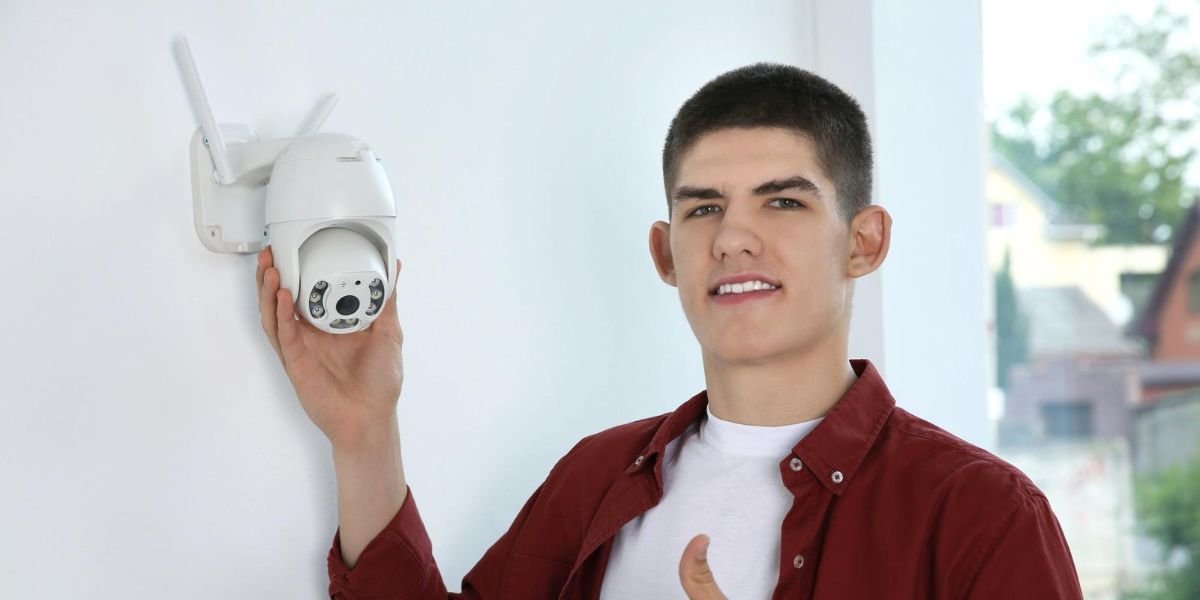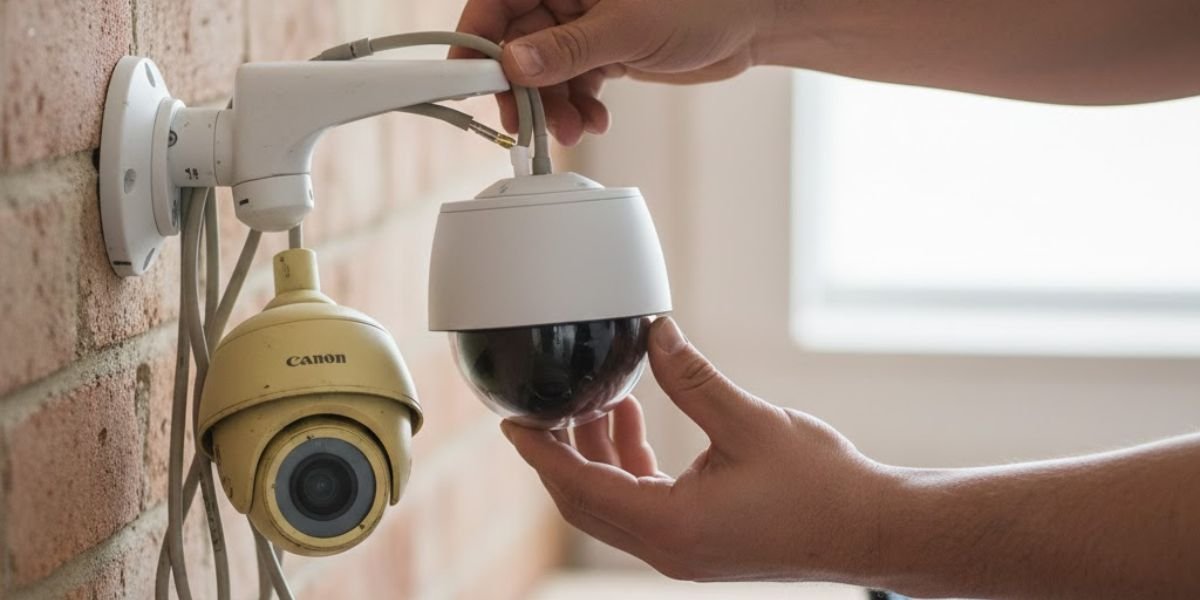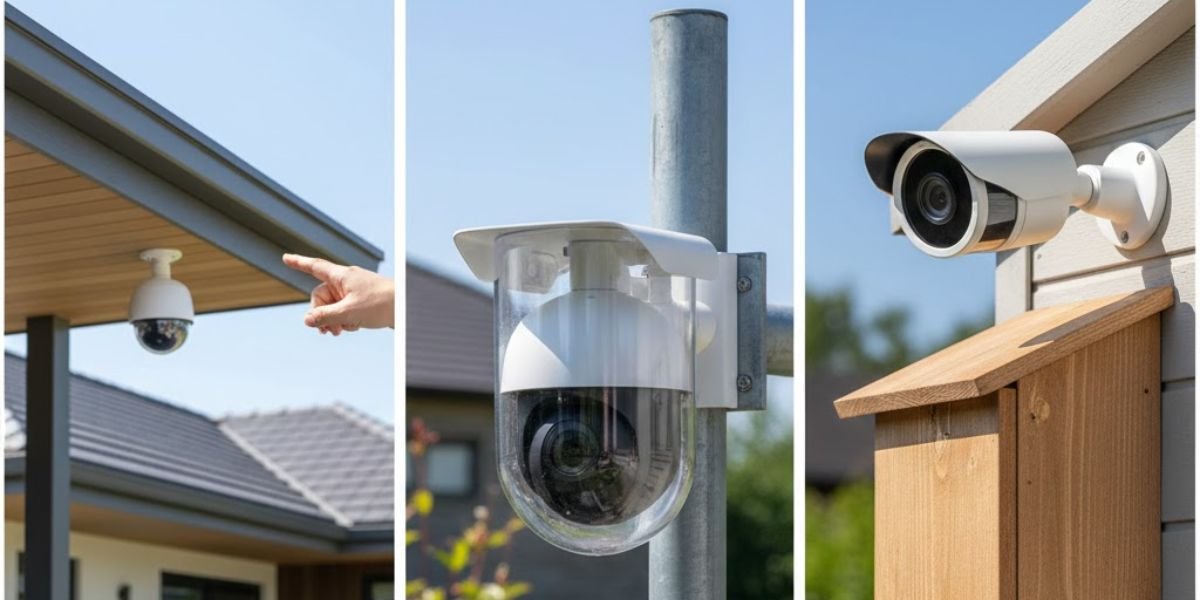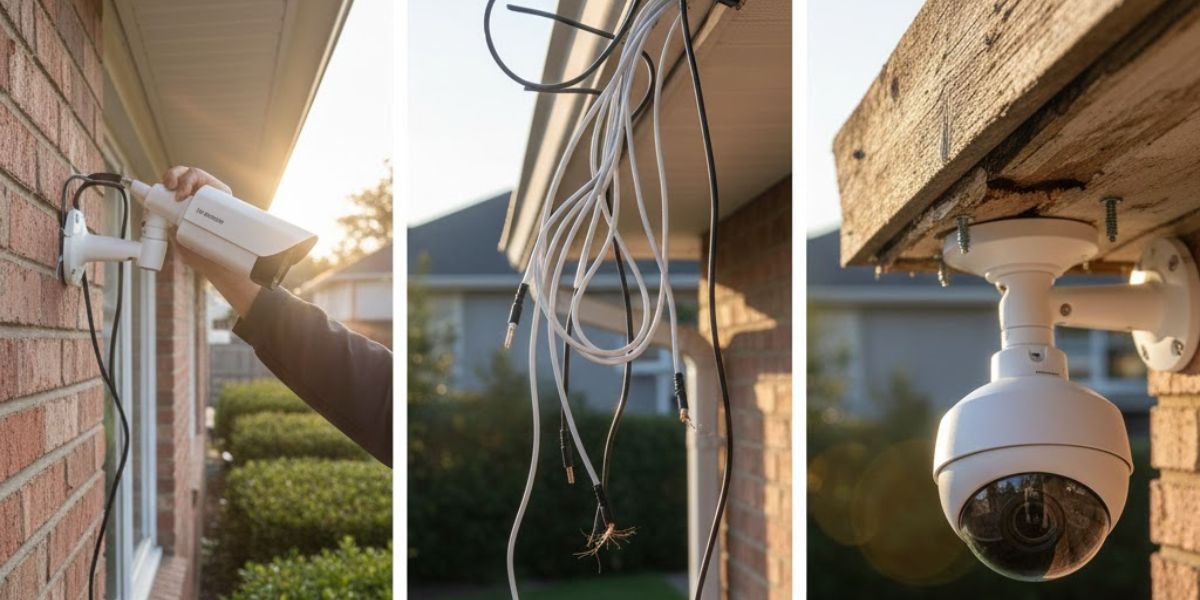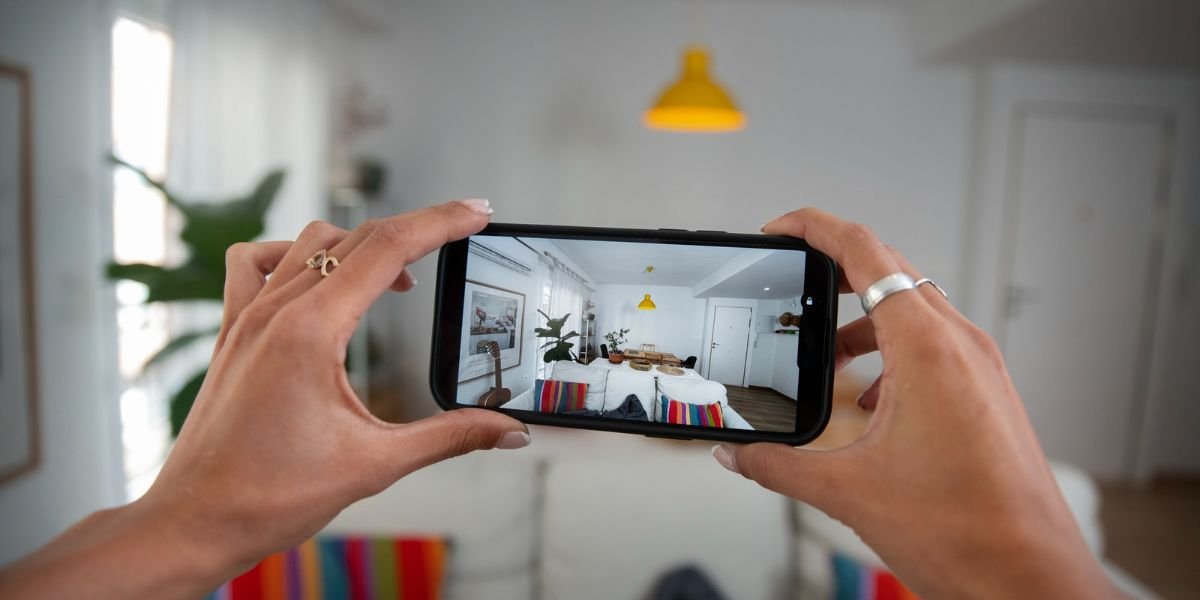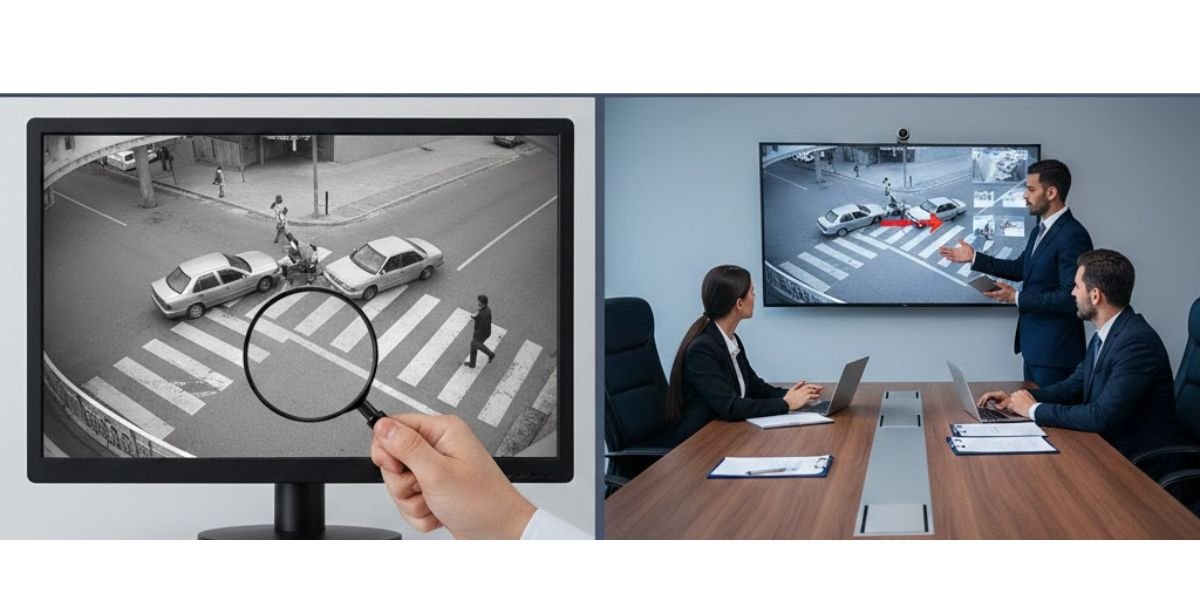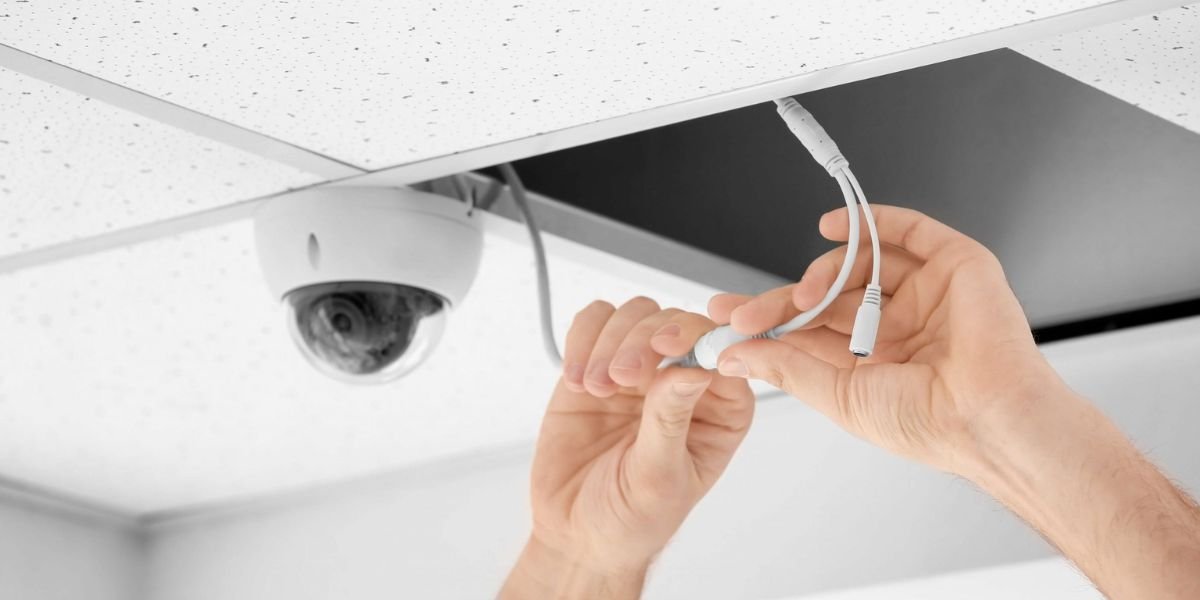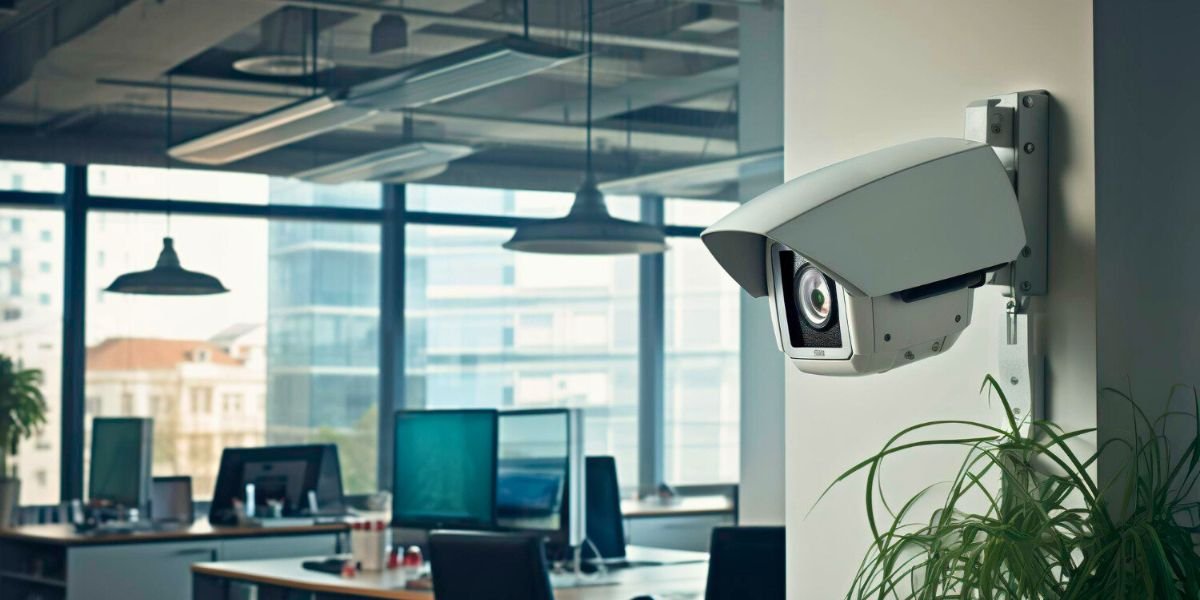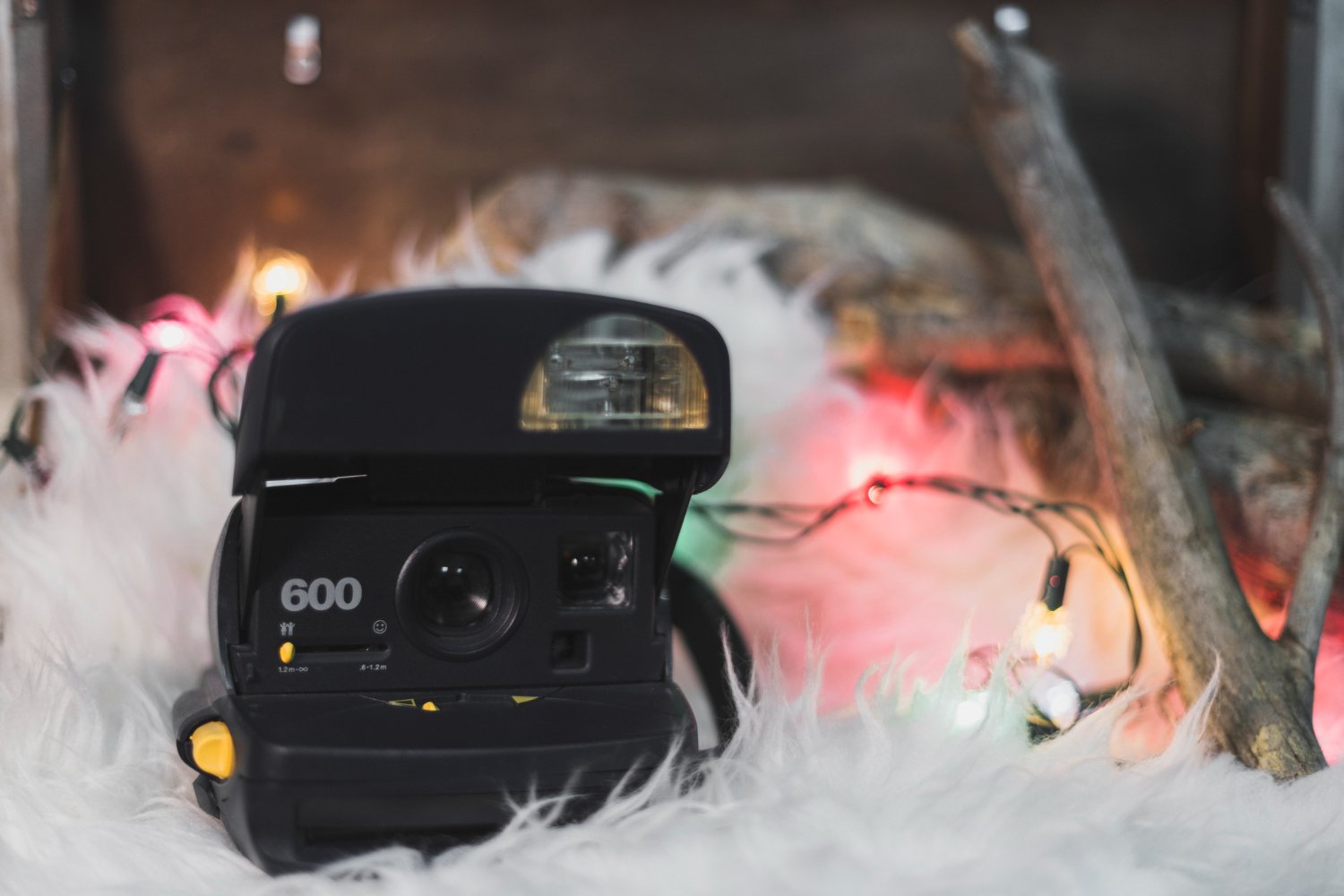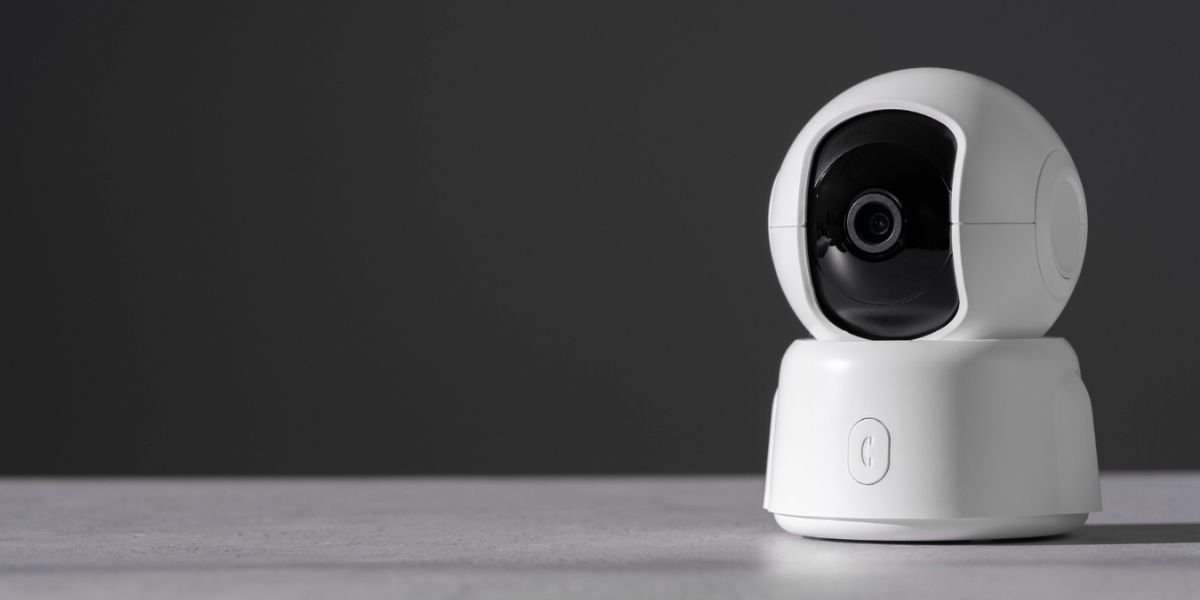Where to Place Your Home Security Camera
Installing a home security camera system gives families peace of mind in today’s unpredictable times. However, even the most expen...
How to Upgrade an Old CCTV System
Security is a real concern for every home and business owner in Pakistan today. With rising crime rates in cities, many people are...
How To Protect Outdoor Cameras From the Weather?
Outdoor security cameras are your silent guardians, watching over your home or business 24/7. But in Pakistan, where we face scorc...
10 Common Mistakes to Avoid When Installing CCTV
Installing a CCTV system is one of the smartest choices to safeguard your home or business. Still, even a small error during setup...
How to Watch a CCTV Camera from Anywhere
In a country where power outages, theft, and security concerns are part of daily life, being able to check your home, shop, or off...
How CCTV Footage Helps in Insurance Claims & Legal Disputes
In Pakistan, where road accidents, thefts, workplace incidents, and property disputes occur daily, proving who was at fault or wha...
How to Hide CCTV Wires for a Clean, Professional Look
In residential and commercial spaces across the country, security camera systems have become essential for safeguarding properties...
Best Places to Install CCTV in a Business Premise
You’re the captain of a bustling retail hub, a modern office, or a busy warehouse, constantly facing challenges like traffic jams ...
How Two-Way Audio Works and Which Cameras Have It
In the heart of Pakistan's vibrant streets, where the hum of daily life never quite fades, safeguarding your haven or business dem...
What Is a PTZ Camera & Where To Use It
Have you ever felt that nagging worry about leaving your home or shop unattended in a busy city? You're not alone in Pakistan, whe...

